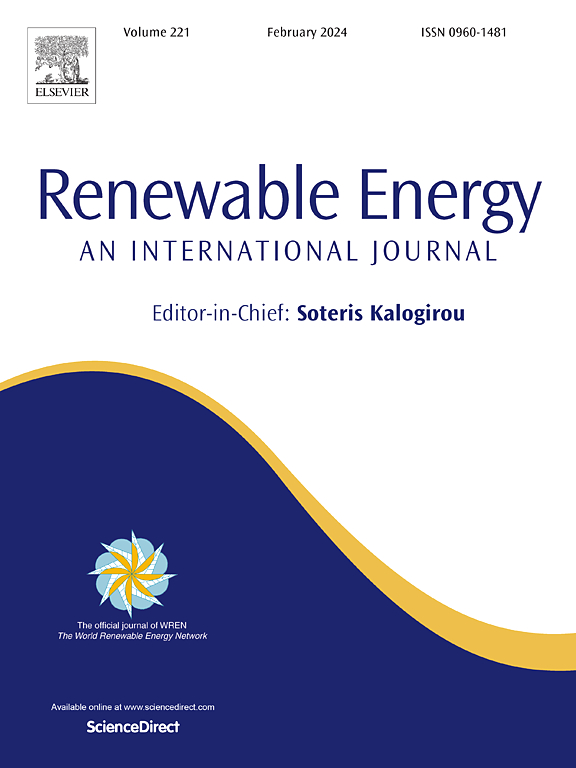Predicting the higher heating value of products through solid yield in torrefaction process
IF 9
1区 工程技术
Q1 ENERGY & FUELS
引用次数: 0
Abstract
Torrefaction is a widely employed method to upgrade biomass for energy purpose. The higher heating value (HHV) serves as a vital indicator for assessing the energy potential of biomass. Nevertheless, HHV measurement is a time-consuming and costly process. HHV of raw biomass, torrefied biomass, and biochar has been extensively estimated using the results of elemental analysis and/or proximate analysis. However, these data must be repeatedly measured for each target object. To reduce the efforts required for the measurement of each object, this study proposes, for the first time, the use of solid yield (the most easily obtainable data) to predict the HHV of torrefied biomass.
A total of 215 sets of data were retrieved from different biomass types undergoing various torrefaction technologies. Artificial neural network (ANN) and hierarchical linear regression (HLR) were employed to develop prediction models. Solid yield demonstrated a clear correlation to HHV for each individual biomass; however, diverse biomass types exhibited significant variation. Therefore, the results of elemental analysis of raw feedstocks were incorporated to account for variations in feedstock types and to iterate the models. Generally, ANN is superior to HLR in predicting the HHV of torrefied biomass with the optimized model achieving an R2 of 0.9133. Additionally, two biomasses subjected to two torrefaction technologies were used to validate the model, and an R2 of 0.9676 was achieved.
As a result, in a torrefaction process, once the raw biomass is analyzed, the HHV of any torrefied biomass can be predicted simply by measuring the weight of the product.
通过托烷分解过程中的固体产量预测产品的较高热值
为提高生物质的能源利用率,广泛采用的方法是进行热解。高热值(HHV)是评估生物质能源潜力的重要指标。然而,高热值测量是一个耗时且成本高昂的过程。人们利用元素分析和/或近似分析的结果,对原生物质、焙烧生物质和生物炭的 HHV 进行了广泛的估算。但是,必须对每个目标对象重复测量这些数据。为了减少测量每个目标所需的工作量,本研究首次提出使用固体产量(最容易获得的数据)来预测干馏生物质的 HHV。人工神经网络(ANN)和分层线性回归(HLR)被用来开发预测模型。固体产量与每种生物质的 HHV 都有明显的相关性;然而,不同的生物质类型表现出显著的差异。因此,将原料的元素分析结果纳入其中,以考虑原料类型的变化,并对模型进行迭代。总体而言,在预测干馏生物质的 HHV 方面,ANN 优于 HLR,优化模型的 R2 为 0.9133。因此,在扭矩烧结过程中,一旦对生物质原料进行了分析,只需测量产品的重量即可预测任何扭矩烧结生物质的 HHV。
本文章由计算机程序翻译,如有差异,请以英文原文为准。
求助全文
约1分钟内获得全文
求助全文
来源期刊

Renewable Energy
工程技术-能源与燃料
CiteScore
18.40
自引率
9.20%
发文量
1955
审稿时长
6.6 months
期刊介绍:
Renewable Energy journal is dedicated to advancing knowledge and disseminating insights on various topics and technologies within renewable energy systems and components. Our mission is to support researchers, engineers, economists, manufacturers, NGOs, associations, and societies in staying updated on new developments in their respective fields and applying alternative energy solutions to current practices.
As an international, multidisciplinary journal in renewable energy engineering and research, we strive to be a premier peer-reviewed platform and a trusted source of original research and reviews in the field of renewable energy. Join us in our endeavor to drive innovation and progress in sustainable energy solutions.
 求助内容:
求助内容: 应助结果提醒方式:
应助结果提醒方式:


